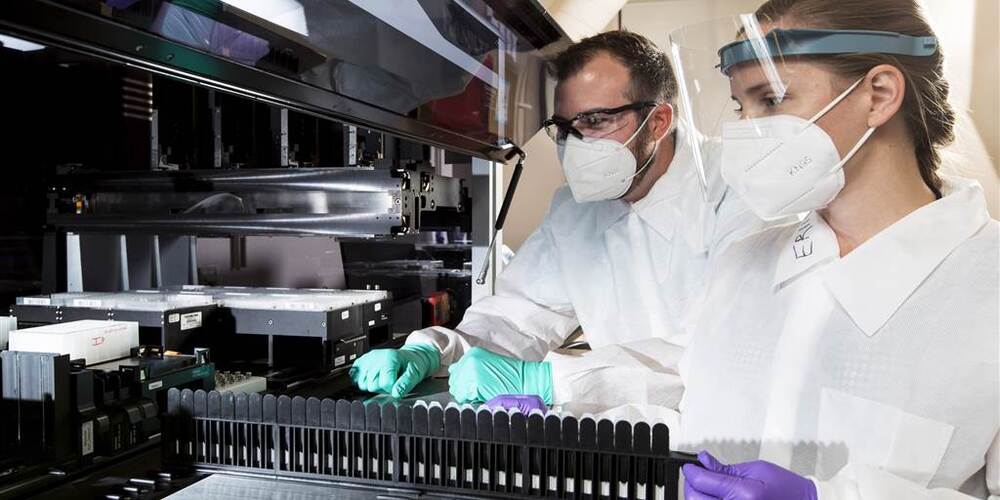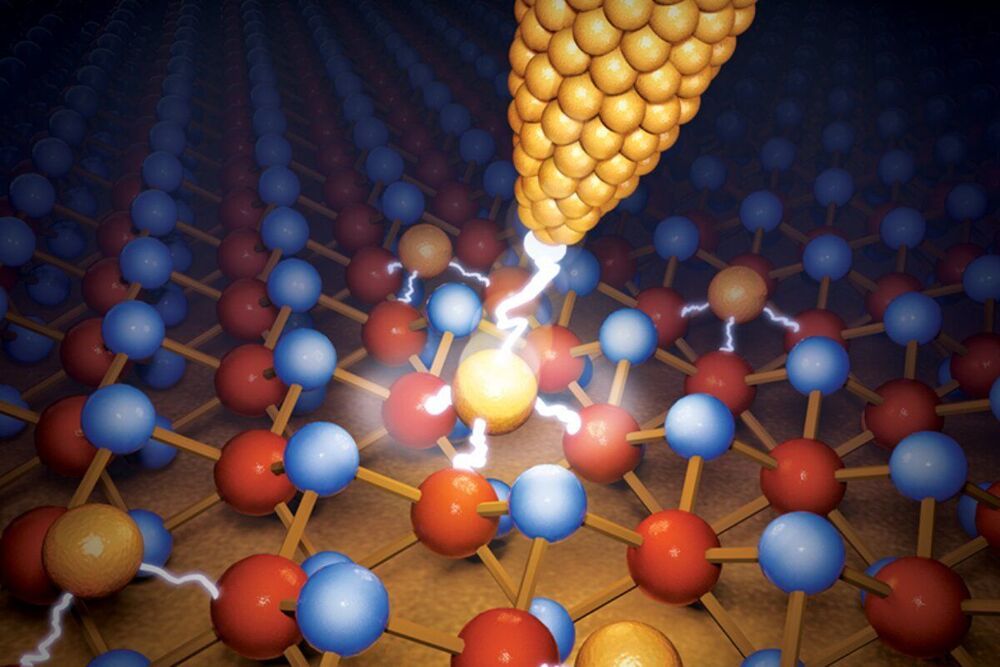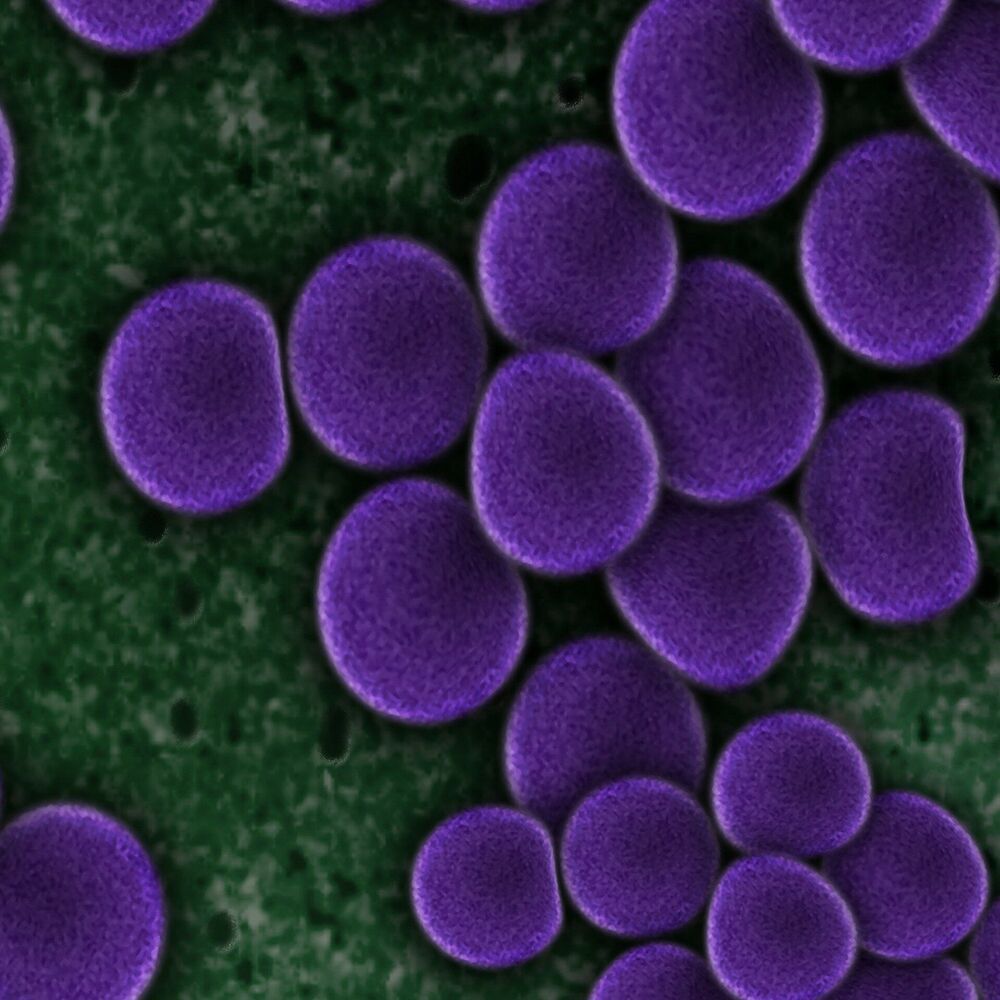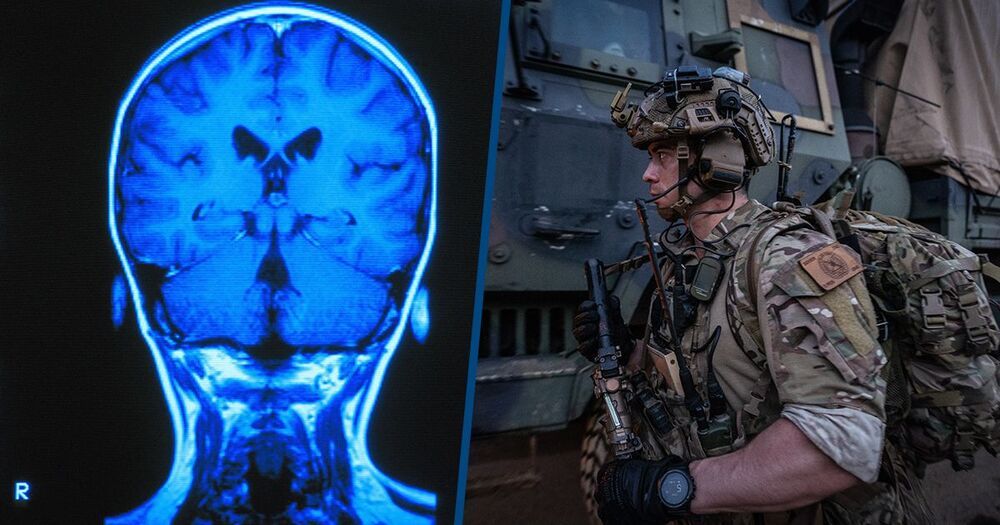The test has not been approved by the FDA.
How is Alzheimer’s diagnosed? New blood test to help diagnose Alzheimer’s is not approved by the FDA.


Just a few doses of an experimental drug can reverse age-related declines in memory and mental flexibility in mice, according to a new study by UC San Francisco scientists. The drug, called ISRIB, has already been shown in laboratory studies to restore memory function months after traumatic brain injury (TBI), reverse cognitive impairments in Down Syndrome, prevent noise-related hearing loss, fight certain types of prostate cancer, and even enhance cognition in healthy animals.
In the new study, published December 1, 2020 in the open-access journal eLife, researchers showed rapid restoration of youthful cognitive abilities in aged mice, accompanied by a rejuvenation of brain and immune cells that could help explain improvements in brain function.
“ISRIB’s extremely rapid effects show for the first time that a significant component of age-related cognitive losses may be caused by a kind of reversible physiological “blockage” rather than more permanent degradation,” said Susanna Rosi, Ph.D., Lewis and Ruth Cozen Chair II and professor in the departments of Neurological Surgery and of Physical Therapy and Rehabilitation Science.

Researchers at the University of Basel have discovered a molecular mechanism that plays a central role in intact long-term memory. This mechanism is also involved in physiological memory loss in old age.
Many life forms, from worms to humans, have differentiated memory functions, such as short-term and long-term memory. Interestingly, at the cell and molecule level, many of these functions are nearly identical from life form to life form. Detecting the molecules involved in memory processes is of great importance to both basic and clinical research, since it can point the way to the development of drugs for memory disorders.
By studying roundworms (Caenorhabditis elegans), scientists at the Transfaculty Research Platform for Molecular and Cognitive Neurosciences (MCN) at the University of Basel have now discovered a molecular mechanism of long-term memory that is also involved in memory loss in old age. They report on their findings in the journal Current Biology.

Faster, smaller, smarter and more energy-efficient chips for everything from consumer electronics to big data to brain-inspired computing could soon be on the way after engineers at The University of Texas at Austin created the smallest memory device yet. And in the process, they figured out the physics dynamic that unlocks dense memory storage capabilities for these tiny devices.
The research published recently in Nature Nanotechnology builds on a discovery from two years ago, when the researchers created what was then the thinnest memory storage device. In this new work, the researchers reduced the size even further, shrinking the cross section area down to just a single square nanometer.
Getting a handle on the physics that pack dense memory storage capability into these devices enabled the ability to make them much smaller. Defects, or holes in the material, provide the key to unlocking the high-density memory storage capability.

The quality and complexity of dreams appear to change with our stages of sleep, according to a new analysis.
Before the twenty-first century, we used to think dreams only occurred during rapid eye movement (REM) sleep, but more recent research shows people sometimes recall dreams even when they are woken from non-REM stages of sleep.
Whether these two types of dreaming are inherently different is something neuroscientists are still trying to figure out.

Dogmatic individuals tend to form less accurate judgements thanks to a generic resistance to seeking out additional information, according to new research published in the Proceedings of the National Academy of Sciences (PNAS). The findings shed new light on the cognitive underpinnings of dogmatic worldviews.
“We have never been so free to decide if we have enough evidence about something or whether we should seek out further information from a reliable source before believing it,” explained study author Lion Schulz, a doctoral researcher in the Department of Computational Neuroscience at the Max Planck Institute for Biological Cybernetics.
“In turn, if we don’t check on quick and uncertain judgements, this can leave us quite vulnerable to misinformation. Understanding the mechanism behind such decisions and how different people approach them is therefore important when we try to understand the current societal climate.”

With fall and winter holidays coming up, many will be pondering the relationship between food and sleep. Researchers led by Professor Masashi Yanagisawa at the University of Tsukuba in Japan hope they can focus people on the important middlemen in the equation: bacterial microbes in the gut. Their detailed study in mice revealed the extent to which bacteria can change the environment and contents of the intestines, which ultimately impacts behaviors like sleep.
The experiment itself was fairly simple. The researchers gave a group of mice a powerful cocktail of antibiotics for four weeks, which depleted them of intestinal microorganisms. Then, they compared intestinal contents between these mice and control mice who had the same diet. Digestion breaks food down into bits and pieces called metabolites. The research team found significant differences between metabolites in the microbiota-depleted mice and the control mice. As Professor Yanagisawa explains, “we found more than 200 metabolite differences between mouse groups. About 60 normal metabolites were missing in the microbiota-depleted mice, and the others differed in the amount, some more and some less than in the control mice.”
The team next set out to determine what these metabolites normally do. Using metabolome set enrichment analysis, they found that the biological pathways most affected by the antibiotic treatment were those involved in making neurotransmitters, the molecules that cells in the brain use to communicate with each other. For example, the tryptophan–serotonin pathway was almost totally shut down; the microbiota-depleted mice had more tryptophan than controls, but almost zero serotonin. This shows that without important gut microbes, the mice could not make any serotonin from the tryptophan they were eating. The team also found that the mice were deficient in vitamin B6 metabolites, which accelerate production of the neurotransmitters serotonin and dopamine.

At the very core of your identity a kernel of self awareness combines memories of the past with the fleeting sensations of the present, and adds a touch of anticipation for the future.
The question of whether this ongoing sense of ‘you’ is as robust as it feels has intrigued philosophers and psychologists throughout the ages. A new, small psychobiological study weighs in, looking at brain scans to conclude that at least some part of you is indeed consistent as you grow and age.
“In our study, we tried to answer the question of whether we are the same person throughout our lives,” says Miguel Rubianes, a neuroscientist from the Complutense University of Madrid.

US army wants to be able read soldiers minds. This would enable machines to detect stress and soldier intentions to correct them. It could also allow them to communicate with each other with just their brain signals.
Communicating silently through the mind sounds at home in a Marvel film, but now the US Army is delivering technology to do it. With that said, it may be a while before tangible results are seen.
Research funded by the US Army has managed to decode brain signals that impact action, and has also managed to separate signals that change behaviour from those that do not.
As a result of this breakthrough, it’s hoped that machines will be able to understand the intentions of soldiers and correct them before action is taken. This could protect soldiers by detecting stress, and it seems the technology could have even more significant use if further research is successful.

Ira Pastor, ideaXme life sciences ambassador interviews Dr. Hugh Herr, Associate Professor MIT Media Lab and head of the Biomechatronics group, @MIT Media Lab.
Ira Pastor comments:
Dr. Hugh Herr, is Associate Professor MIT Media Lab, heads the Biomechatronics group at the MIT Media Lab, as well as the Center for Extreme Bionics at MIT, and is creating bionic limbs that emulate the function of natural limbs.
In 2011, TIME magazine coined him the “Leader of the Bionic Age” because of his revolutionary work in the emerging field of biomechatronics – technology that marries human physiology with electromechanics.
A double amputee himself, Dr Herr is responsible for breakthrough advances in bionic limbs that provide greater mobility and new hope to those with physical disabilities. He is the author and co-author of more than 150 peer-reviewed papers and patents, chronicling the science and technology behind his many innovations. These publications span the scientific fields of biomechanics and biological motion control, as well as the technological innovations of human rehabilitation and augmentation technologies.
Dr. Herr’s Biomechatronics group has developed gait-adaptive knee prostheses for transfemoral amputees and variable impedance ankle-foot orthoses for patients suffering from drop foot, a gait pathology caused by stroke, cerebral palsy, and multiple sclerosis. He has also designed his own bionic limbs, the world’s first bionic lower leg called the BiOM Ankle System.